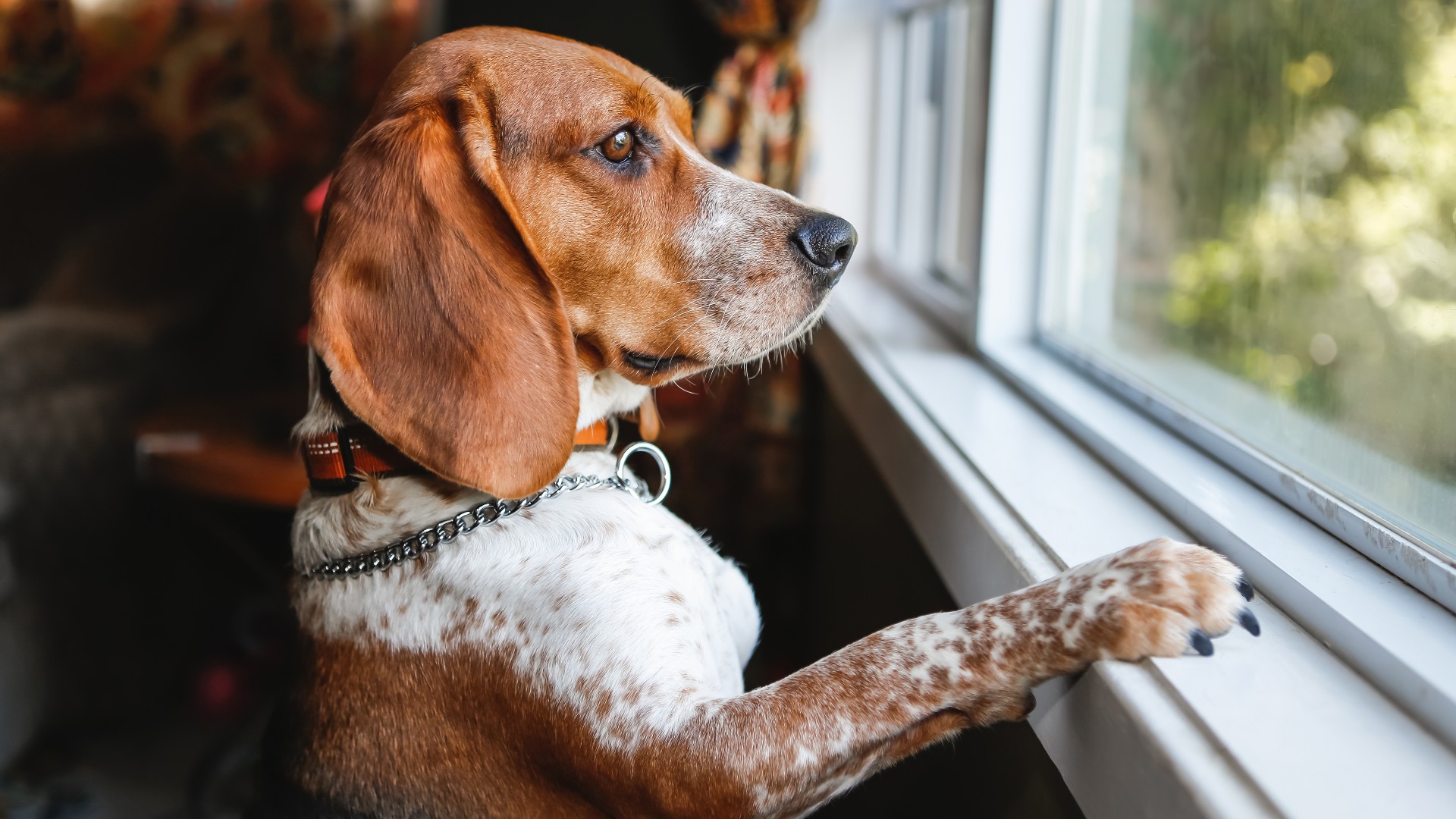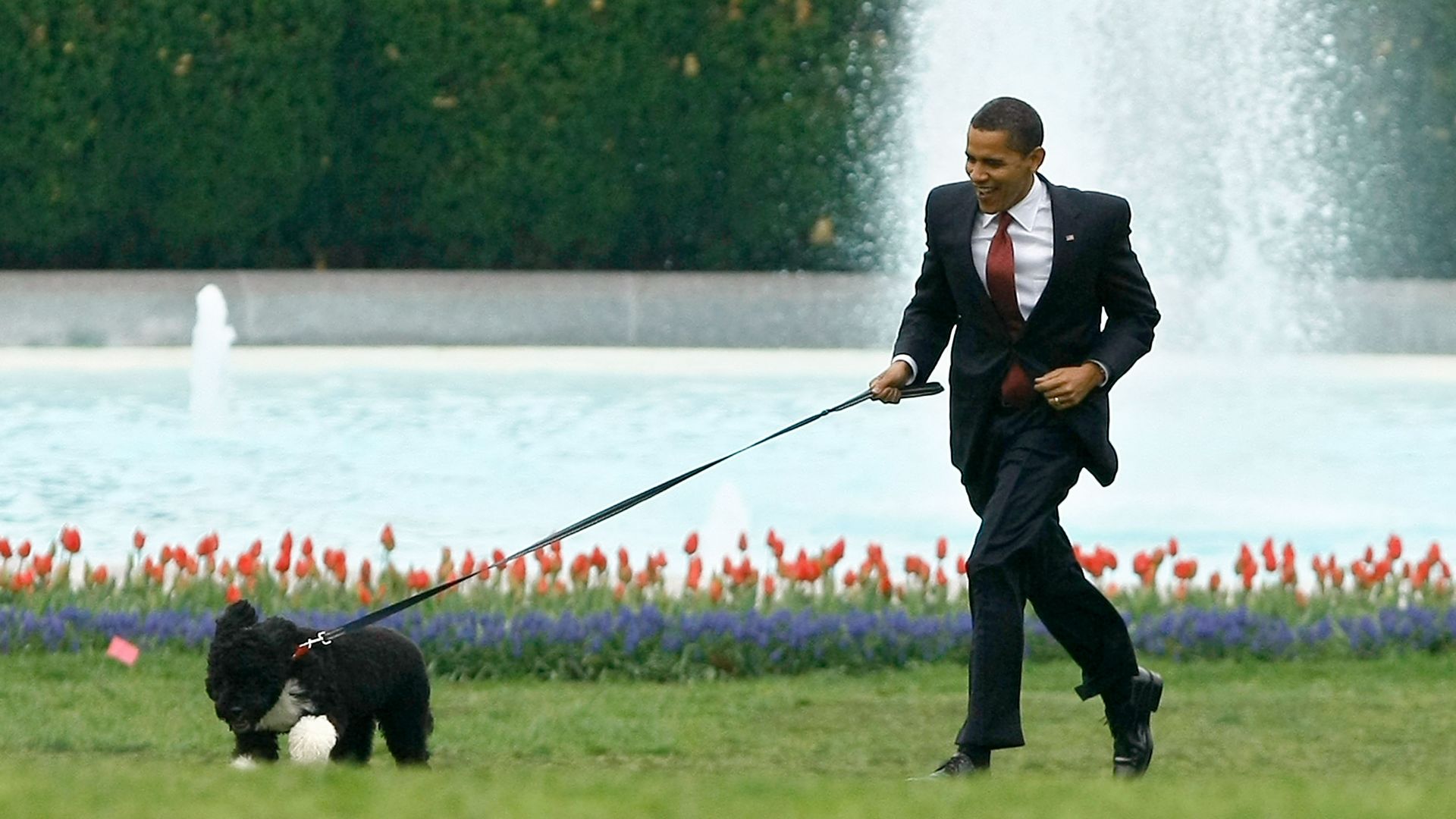Trainer shares five tips for helping your anxious dog cope when you’re apart
Try this trainer's simple five-step process to help your dog relax when they're home alone

Trying to figure out how to reduce separation anxiety in dogs is high on the priority list of a lot of pet parents and it's not hard to see why.
With a recent study published in Scientific American revealing that 72% of dogs exhibit problematic behaviors associated with anxiety, it's understandable that dog owners are trying to find effective ways to calm their pups.
And thankfully, it can be done, with expert trainer Lisa Burton revealing five simple steps you can take to ensure that leaving the house is a non-event for both you and your canine companion.
Read on to find out more...
A post shared by Lisa | Award-Winning Dog Trainer & Course Creator (@listendogtraining)
A photo posted by on
1. Desensitize triggers
"Your dog's anxiety about you leaving begins long before you actually leave the house," Burton explains.
"Cues like tidying up, grabbing your keys, getting out your shoes, packing your bag, etc. are all triggers that tell your dog what's coming.
Practice desensitizing these by performing them randomly throughout the day without leaving. Put your shoes on, then sit and read. Grab your keys and coat, then put them down and eat lunch."
PetsRadar Newsletter
Get the best advice, tips and top tech for your beloved Pets
2. Grow independence
Burton says it's important to let your dog practice being alone when you're in the house.
"You can encourage this with games like 'hide and go find' — take a favorite toy or edible treat, and, in front of your dog first, 'hide' it somewhere and then release them to 'find' it.
Once your dog understands the concept, you can hide it further and further away before you release them and make it tricker for them to find."
3. Make leaving and returning a non-event
"Do not engage in big farewells or reunions with the start and end of each day," stresses Burton.
"Make leaving the house and returning to it a low-energy, mundane occurrence. If your dog is over-excited at your return, ignore them and busy yourself with an activity, like making a cup of tea, until they calm down.
Once they settle and disengage from trying to get your attention, feel free to calmly say hi!"
4. Make the door a bore
"If your dog howls the minute you walk out the door, grow calm around this event. Begin by walking out the door and walking straight back in — don't even close it if necessary.
Repeat a few times, building towards closing the door. Once you can close and reopen it without any response from your dog, gradually increase the time the door stays closed by tiny increments.
Wait outside for 5 seconds, then 10 seconds, building up to minutes. Repeat this exercise multiple times a day."
5. Provide adequate stimulation and self-soothing activities
"Do not expect your dog to be content alone for hours at a time with no way of busying themselves," says Burton.
"Enrichment toys, like frozen Kongs, activity mats, maze feeders, and puzzle boards are great ways to provide mental stimulation.
Long-lasting chew-safe toys and treats also provide an outlet for your dog to self-soothe; chewing has a calming and comforting effect on the adrenal-pituitary axis in the brain, triggering the release of endorphins."
Separation anxiety is one of those really challenging issues that can leave you feeling trapped in your own home.
If you feel you'd benefit from some extra help and advice, we recommend reaching out to a professional trainer for support.
Check out our guide to how to spot dog trainer red flags to ensure you're working with someone suitably qualified who uses positive training methods.

Kathryn is a freelance writer who has been a member of the PetsRadar family since it launched in 2020. Highly experienced in her field, she's driven by a desire to provide pet parents with accurate, timely, and informative content that enables them to provide their fur friends with everything they need to thrive. Kathryn works closely with vets and trainers to ensure all articles offer the most up-to-date information across a range of pet-related fields, from insights into health and behavior issues to tips on products and training. When she’s not busy crafting the perfect sentence for her features, buying guides and news pieces, she can be found hanging out with her family (which includes one super sassy cat), drinking copious amounts of Jasmine tea and reading all the books.
